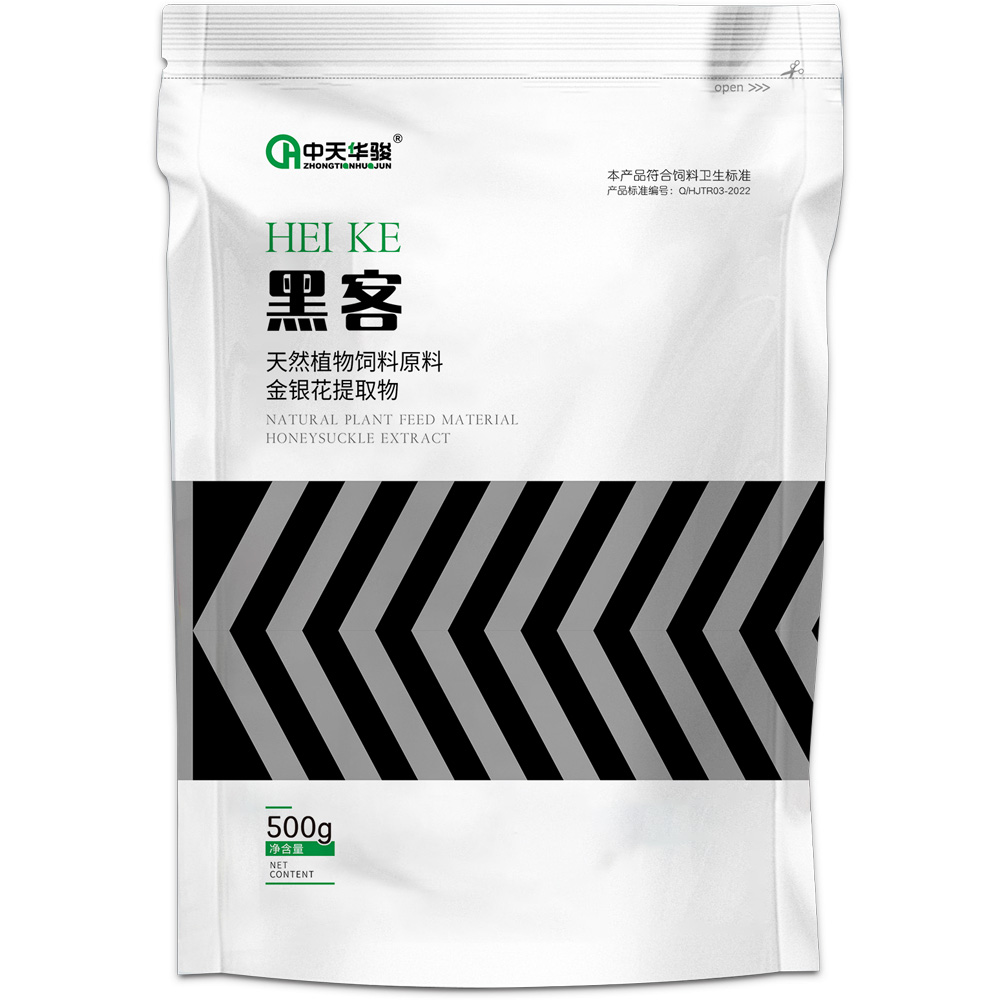
9-р сар . 07, 2024 06:00 Back to list
Understanding Coccidiosis in Chickens
Understanding Coccidiosis in Chickens Impact of Chicken Manure
Coccidiosis is a common and significant parasitic disease affecting chickens worldwide, including in China. It is caused by a group of protozoan parasites known as Eimeria, which infect the intestinal tract of poultry. The disease can lead to considerable economic losses in the poultry industry due to decreased productivity, increased morbidity, and mortality rates. One critical aspect of managing coccidiosis is understanding how chicken manure plays a role in its transmission and control.
The Life Cycle of Eimeria
Eimeria parasites have a complex life cycle that involves both an asexual and a sexual phase. The oocysts, which are the environmentally resistant stages of the parasite, are shed in the feces (chicken manure) of infected birds. Once outside the chicken's body, the oocysts can survive in the environment for extended periods, depending on factors like temperature and humidity. Under favorable conditions, the oocysts become infective, and when ingested by other chickens, they can initiate a new cycle of infection.
Transmission via Chicken Manure
Chicken manure serves as a reservoir for Eimeria oocysts, making it a crucial factor in the disease's epidemiology. The buildup of manure in poultry farms can lead to a higher concentration of oocysts in the litter and the environment. In free-range systems, birds are more likely to encounter contaminated feces, thereby increasing their risk of infection. Moreover, improper manure management can exacerbate the problem, allowing the oocysts to persist in the environment longer than necessary.
Signs and Symptoms of Coccidiosis
The clinical signs of coccidiosis in chickens may vary depending on the species of Eimeria involved and the age and immune status of the birds. Common symptoms include reduced appetite, weight loss, diarrhea (which may be bloody in severe cases), lethargy, and increased mortality rates. Young chicks are particularly susceptible due to their underdeveloped immune systems, making early detection and management essential.
china coccidiosis chicken poop

Control and Prevention Strategies
Preventing coccidiosis requires an integrated approach that includes good management practices, biosecurity measures, and appropriate medication. Key strategies include
1. Manure Management Regular cleaning and removal of chicken manure from the living environment can significantly reduce the oocyst burden. Composting manure can also help eliminate oocysts by raising temperatures that are lethal to the parasites.
2. Biosecurity Introducing strict biosecurity measures such as limiting access to poultry environments, controlling the movement of personnel and equipment, and monitoring the introduction of new birds can help minimize the risk of introducing coccidiosis.
3. Vaccination Vaccines against specific species of Eimeria are available and can be administered to chicks before they are exposed to environmental oocysts. Vaccination supports the development of immunity against coccidiosis.
4. Feed Additives Incorporating anticoccidial drugs or natural feed additives can help control Eimeria populations in flocks, particularly in intensive poultry production systems.
Conclusion
Coccidiosis remains a pressing challenge in the poultry industry, particularly in regions with high production like China. Understanding the role of chicken manure in the transmission of this disease is crucial for implementing effective prevention and control strategies. By combining good management practices, biosecurity measures, and the use of veterinary interventions, poultry producers can mitigate the impact of coccidiosis and enhance the overall health and productivity of their flocks.
-
Premium Immune Enhancement Products Trusted Manufacturer & Supplier Factory Solutions
NewsJul.04,2025
-
Top Hemoglobinuria Manufacturer & Supplier Reliable Hemoglobinuria Factory Solutions
NewsJun.24,2025
-
Premium Honeysuckle Products - Leading Honeysuckle Manufacturer & Supplier Factory
NewsJun.10,2025
-
Pulmonary Edema Solutions from Leading Manufacturer & Supplier Reliable Factory Price
NewsJun.10,2025
-
Red Eyes - Leading Red Eyes Manufacturer & Supplier, Premium Quality Factory Price
NewsJun.10,2025
-
Broiler Ascites Syndrome Solutions Top Manufacturers
NewsJun.10,2025




